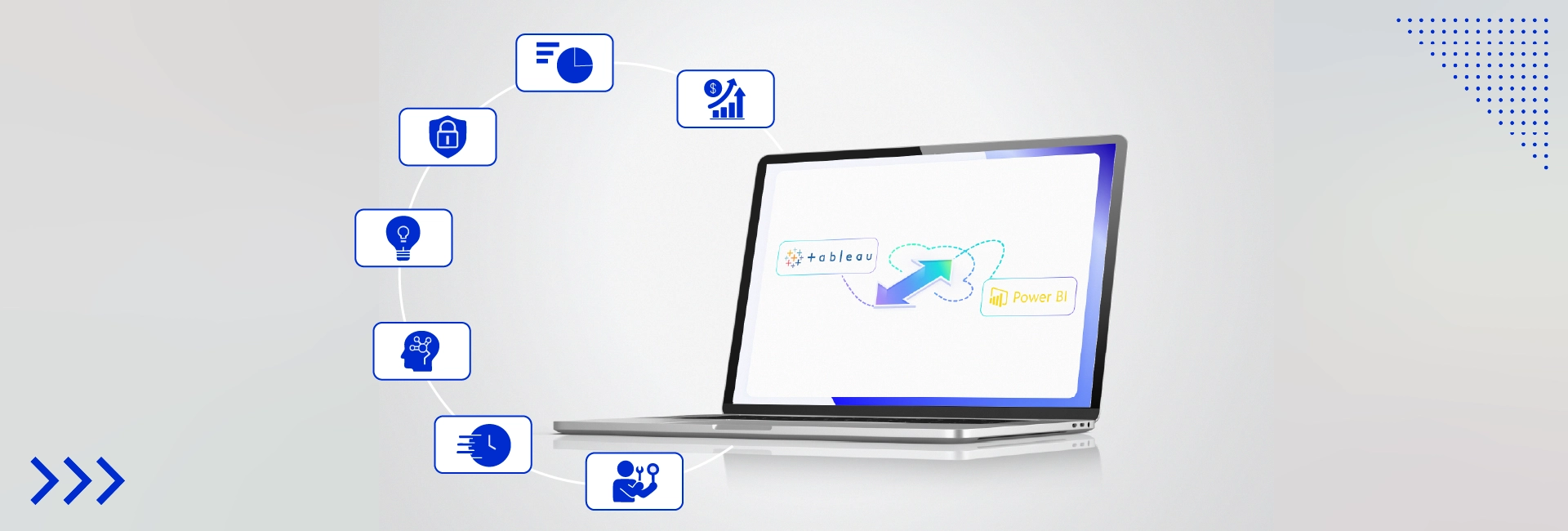Why is clean, labeled data the real MVP behind your AI's split-second decisions?
- 1. Real-time AI relies on context, and annotation provides it
- 2. Accuracy begins (and ends) with quality labeled data
- 3. Why speed alone isn’t enough in real-time AI
- 4. Scaling smart: the role of data annotation outsourcing
- 5. Key real-time use cases powered by accurate annotation
- 6. Future trends: Automation + human annotation = Gold standard
Ever wonder how your ride-hailing app instantly finds the fastest route, or how facial recognition unlocks your phone in a blink? The secret sauce isn’t just powerful algorithms; it’s annotated data for AI. Without it, even the smartest AI can make dumb mistakes.
In today’s real-time world, users expect instant, intelligent responses. And behind every “real-time” moment is a mountain of carefully labeled data. The impact of data labeling on AI's performance is massive, especially when milliseconds matter.
Let’s unpack how annotated data impacts AI accuracy in real-time applications, and why it’s time businesses started treating it as their core AI investment.
1. Real-time AI relies on context, and annotation provides it
Whether it's detecting fraud in a banking app or translating spoken words on the fly, real-time AI systems thrive on context. And context is created through data annotation for AI.
- Image recognition in self-driving cars needs labeled objects (pedestrians, signs, other vehicles).
- Voice assistants require annotated transcripts that teach them the nuances of human speech.
- Predictive analytics tools need annotated transaction histories to flag anomalies in real time.
Without clearly labeled input, AI simply guesses. And guessing is a no-go when the stakes are high.
2. Accuracy begins (and ends) with quality labeled data
AI models are like students. The better the material they’re trained on, the smarter they become. The importance of annotated data lies in the fact that it's the foundation on which all model predictions are made.
Poorly labeled or inconsistent data leads to:
- Misidentifications (e.g., confusing a cat with a dog)
- Faulty predictions
- Delays in real-time output
High-quality AI data annotation ensures models know exactly what they're seeing, hearing, or reading, leading to faster and more accurate decisions when it counts.
3. Why speed alone isn’t enough in real-time AI
You can build the fastest AI system in the world, but if it's trained on sloppy data, the output will still be wrong. Accuracy and speed must work in tandem—and annotated data bridges that gap.
- Real-time applications must:
- Recognize data instantly
- Interpret it correctly
- React without lag
That’s where AI annotation services come in, turning unstructured data into highly accurate training sets. It's not just about labeling anymore—it's about labeling right and fast.
4. Scaling smart: the role of data annotation outsourcing
Building and maintaining your own annotation team is time-consuming and expensive. Plus, not every business has in-house expertise.
Data annotation outsourcing allows companies to scale smarter by accessing trained professionals who know how to label data across images, video, audio, and text. It brings:
- Consistency across datasets
- Expertise in complex annotation types
- Speed without compromising accuracy
Outsourcing lets developers focus on building intelligent real-time systems, while annotation experts feed those systems the data they need to succeed.
5. Key real-time use cases powered by accurate annotation
Let’s take a look at where annotated data for AI is having a tangible, real-time impact:
| Industry | Real-Time Use Case | How Annotation Helps |
| Healthcare | AI diagnostics & real-time imaging | Labels anomalies in scans/images |
| E-commerce | Personalized product recommendations | Tags user behavior & item features |
| Automotive | Autonomous driving systems | Labels traffic signs, roads, objects |
| Finance | Fraud detection in real time | Annotates past fraudulent behaviors |
| Entertainment | Real-time language translation in apps | Labels voice, language, intonation |
Across all these sectors, the impact of data labeling is clear: without it, the “real-time” promise would fall flat.
6. Future trends: Automation + human annotation = Gold standard
As AI evolves, so does annotation. Automated tools are helping speed up the process, but human touch is still essential for nuance and accuracy.
The future of AI annotation services lies in:
- Hybrid models: Combining automated labeling with human verification.
- Domain-specific annotation: Specialized experts labeling data for niche fields like legal, medical, or aerospace.
- Quality assurance layers: Ensuring that data isn’t just annotated, but done so with precision.
Smart companies are investing in better annotation now to future-proof their AI systems for what’s next.
Don’t build real-time AI without a data game plan
If you're building AI that acts in the moment, annotated data isn't optional—it's mission-critical. The importance of annotated data can't be overstated when it comes to speed, accuracy, and functionality in real-time applications.
Whether you’re labeling 10,000 images or training voice recognition across multiple dialects, precision in annotation is what separates winning AI products from frustrating ones.
FBSPL offers reliable, scalable, and expert AI annotation services tailored for real-time systems. Let us handle the labeling so you can focus on building the future.
Need help with AI data annotation? Call now.





